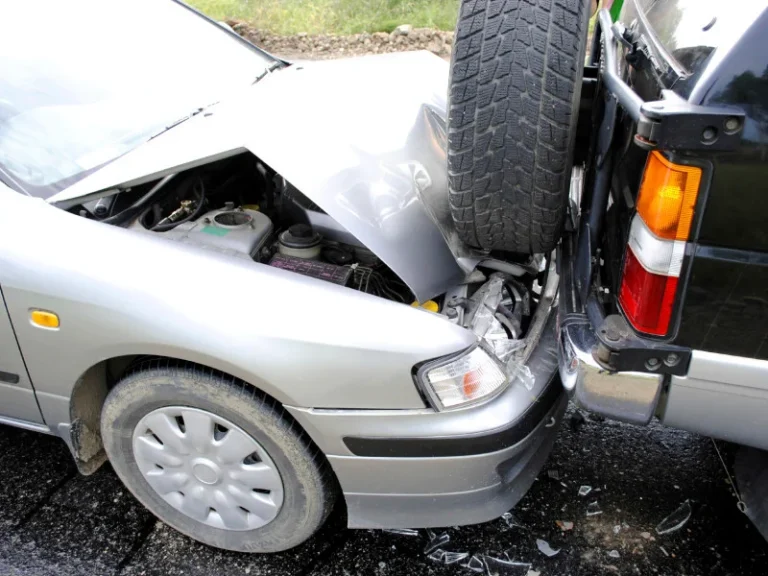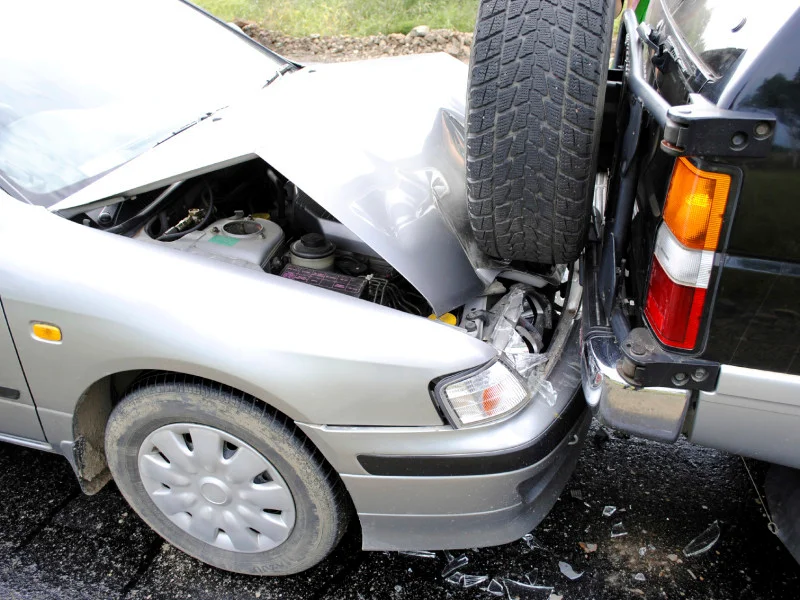A recent article in the New York Times highlighted a concern with the continued growth of Amazon and its web of delivery providers: who is responsible when those delivery vehicles are involved in accidents?
Despite the fact that Amazon dictates the routes and schedules of the majority of delivery vehicles – the company is increasingly using delivery providers other than the USPS – Amazon has through legal techniques limited its liability in the event one of the drivers is involved in an accident. The company has done this in part through what are known as hold harmless, or indemnification agreements. These agreements ensure that the delivery companies take responsibility for accidents, even where their drivers are rushing in order to keep to Amazon’s notoriously difficult schedules.
And this is concerning, because with the ubiquity of delivery services, accidents are inevitable.
So, who is responsible?
The answer is the owner/operator of the vehicles, which may be sufficient if that they have adequate insurance. The problem arises where the company does not have adequate insurance to cover damages.
Let’s look at an example: Smithco operates a delivery service. The company’s primary contract is with Amazon to delivery its packages. Smithco maintains a $500,000 liability policy on its vehicles.
John, a Smithco driver, is exhausted, having worked a twelve-hour day delivering for the company, but in order to satisfy Amazon’s requirements, must make one last delivery. Tired and not paying complete attention, John looks down at his phone and doesn’t see Tim, a pedestrian, crossing the street. He hits Tim, causing severe and permanent injuries.
Amazon, of course, claims that it has no responsibility because it does not own the vehicle and does not employ the driver. Smithco’s insurance company will likely pay the entire amount of its insurance policy, but this isn’t enough.
In this case, Tim would, after exhausting the insurance policy of Smithco, look to his own insurance policy’s SUM, or UM coverage. This coverage provides for supplemental benefits where the wrongdoer’s insurance is insufficient to cover the damages. The critical thing here, however, is that Tim must have taken proactive steps to ensure that his SUM/UM limits were high, because if he did not, his carrier would likely have only given him the New York mandated minimum of $25,000.
Assessing and determining liability following an accident can be a complex and confusing process. If you have questions about it, reach out to us today.


